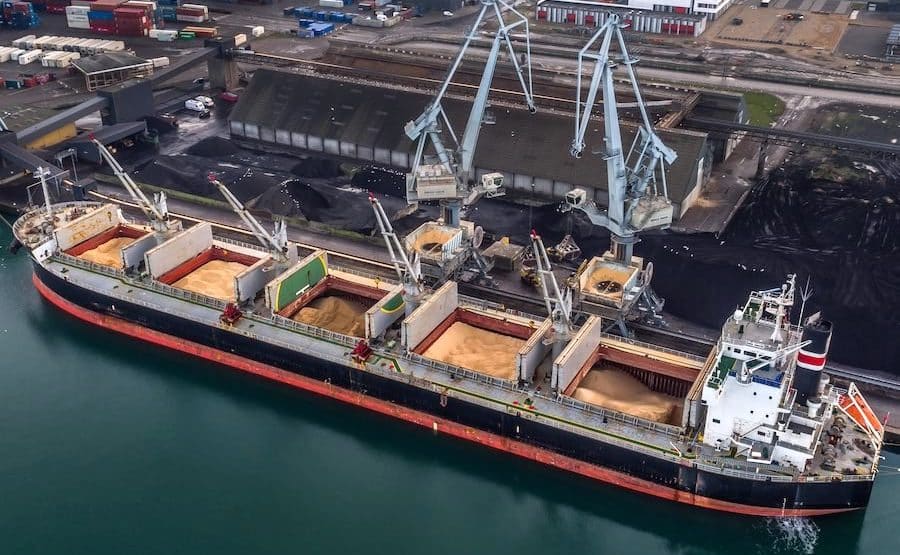Freight as a combination of science and art
Mastering the Art of Freight Calculation in Shipping

Willem Vermaat, the shipping director at Heidelberg Materials Trading, sheds light on the complexities of calculating freight rates in the dry bulk shipping industry. While the basic formula appears straightforward—total expenses divided by cargo intake—the reality is far more intricate. Vermaat emphasizes that understanding these nuances is akin to an art form, requiring a blend of technical knowledge and intuition.
The Complexity Behind Freight Calculation
Calculating freight rates may seem simple at first glance, but it involves a myriad of factors that complicate the process. The fundamental equation—total expenses divided by cargo intake—serves as a starting point. However, various physical constraints impact a vessel’s cargo intake. These include the vessel’s specifications, the cargo’s stowage factor, and port restrictions such as draft, length overall (LOA), and density. Additionally, constants like fuel consumption and the amount of bunkers onboard must be factored in.
While the theoretical calculations can be straightforward, the practical application often requires a more conservative approach. Shipmasters typically calculate a more cautious intake to ensure safety and stability, which adds another layer of complexity.
Total expenses can be categorized into two main areas: a vessel’s daily value and voyage expenses. Voyage expenses encompass factors like duration, fuel consumption, insurance, and surveyor fees. Fortunately, modern software tools streamline this process, providing accurate data for various ports and cargoes, thus reducing reliance on outdated Excel spreadsheets.
The Art of Determining Market Value
The most challenging aspect of freight calculation lies in determining a vessel’s daily market value. While physical parameters and expenses can be quantified, market value is more subjective. Traders must consider numerous variables, including market sentiment, vessel positioning, Forward Freight Agreements (FFAs), bunker curves, weather conditions, and seasonal trends.
This is where a trader’s intuition and experience come into play. The process becomes less about hard data and more about timing and gut feeling. Each trader develops a unique approach to arrive at a freight rate that reflects their understanding of the market dynamics. Vermaat aptly describes this outcome as a “piece of art,” highlighting the blend of science and creativity involved in the shipping industry.
